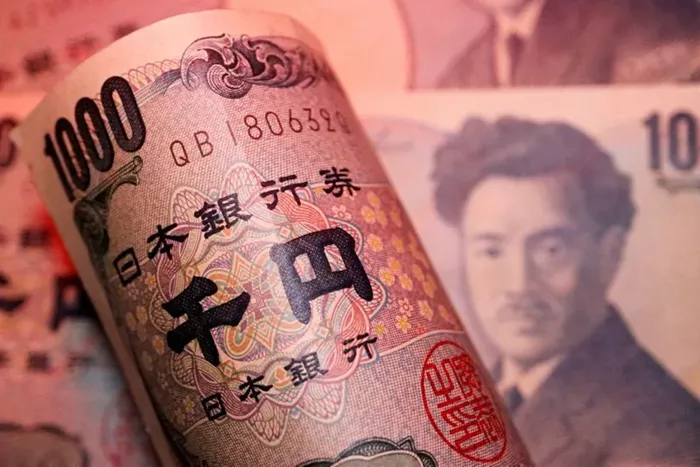Japan recorded a trade deficit of 294.3 billion yen (approximately $2 billion) in September, as reported by the Finance Ministry on Thursday. This downturn was primarily attributed to decreased exports to key markets, particularly China.
For the first half of the fiscal year running from April to March, the preliminary data indicated a cumulative trade deficit of 3.1 trillion yen ($21 billion). Notably, September’s exports saw a decline of 1.7% compared to the same month last year, marking the first decrease in ten months. In contrast, imports rose by 2.1% year-over-year, driven largely by the depreciation of the yen, which effectively increases import costs.
The unexpected decline in exports raises questions about demand across major economies; however, exports to other Asian nations showed an upward trend. Factors such as temporary disruptions, including a recent typhoon, may have contributed to the downturn.
Despite the current fluctuations, the broader issue of slowing global demand continues to be a concern for Japan, a nation heavily reliant on exports. The U.S. dollar has been trading around 149 yen, reflecting stability when compared to last year’s rates, yet significantly higher than the approximate 120 yen two years prior.
Additionally, rising inflation and surging energy costs have further exacerbated import expenses. From April to September, exports experienced a 6.6% increase, totaling 53.55 trillion yen ($358 billion), bolstered by strong demand for computer chips. Meanwhile, imports rose by 7% during the same period, reaching 56.66 trillion yen ($379 billion), as Japanese consumers and businesses increasingly turned to U.S. products.
In the first half of fiscal 2024, Japan achieved a trade surplus of nearly 4.3 trillion yen ($29 billion) with the United States, juxtaposed with a significant trade deficit of 3 trillion yen ($20 billion) with China.
Related topics:


